The Choquequirao Trek
James Bustamante is Native to New York but born to Peruvian parents. He has been traveling throughout Latin America since early 2003 and finally made his home in Peru. James has made his way by eating and traveling through almost every country in Central and South America.
Last Updated on February 18, 2024 by James Bustamante
Choquequirao Trek and Ruins is an Incan site in the south of Peru, similar in structure and architecture to the more famous Machu Picchu. The complex is perched on a mountain ridge above the Apurimac River in the Vilcabamba range. Often referred to as the “sister” structure to Machu Picchu due to its architectural resemblance, Choquequirao is significantly less accessible and explored, offering a more secluded and untouched experience of Inca heritage.
Choquequirao is a Quechua word that translates to “Cradle of Gold.” The Incan site covers an area of approximately 1,800 hectares, with only about 30-40% of it currently excavated and restored. It includes a series of terraces, plazas, living quarters, and ceremonial areas. The journey to Choquequirao is challenging, involving a strenuous trek that typically takes several days through steep and rugged terrain. This isolation has helped preserve its beauty and mystery, making it a fascinating destination for those interested in Incan history and archaeology willing to undertake the demanding journey to reach it.
Choquequirao Trek Discovery
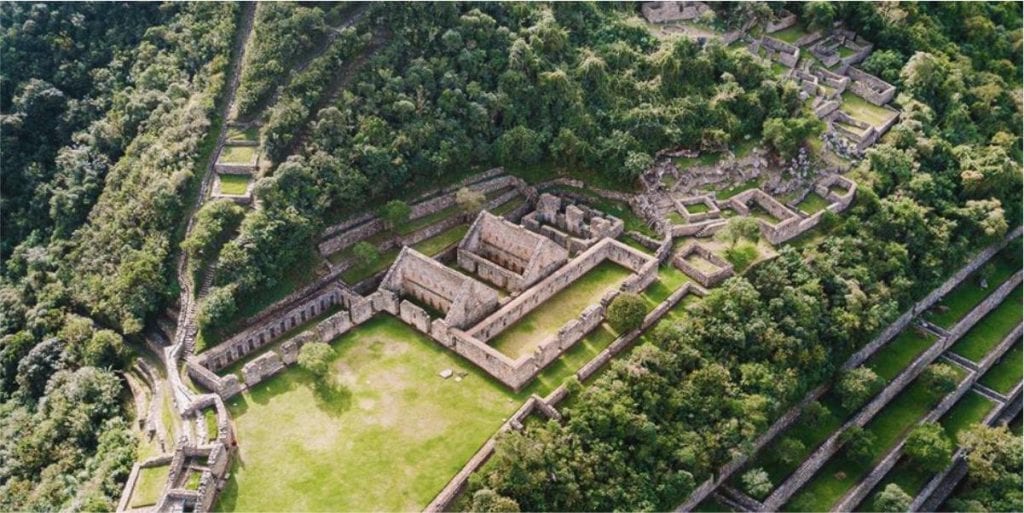
Unlike Machu Picchu, Choquequirao was not thoroughly explored and excavated until the 1970s.
It is an Incan site similar in structure and architecture to Machu Picchu. It is not an easy comparison, but they are very similar. The ruins are buildings and terraces above and below Sunch’u Pata, the truncated hilltop.
The hilltop was anciently leveled and ringed with stones to create a 30 by 50 m platform.
Choquequirao (3050 m) can be found at the beginning of the Willkapampa mountain range in the La Convención Province of the Cusco Region above the valley of river Apurímac. At over 1800 hectares, it is quite a large site.
Most visitors speak of its awe-inspiring beauty, with incredible mountain ranges covered with Amazonian flora and fauna. Architecturally it is similar to Machu Picchu.
The main structures, such as temples, wak’as, elite residences, and fountain/bath systems, are concentrated around two plazas along the ridge’s crest, encompassing approximately 2 km2 and following Inca urban design.
There is also a cluster of buildings from the plaza, probably used for workshops and food preparation. Most buildings are well-preserved and are continually restored.
The archaeological complex of Choquequirao is divided into 12 sectors. While the contents of each sector are different, terraces used for various purposes are standard throughout.
Most of the buildings here were either for ceremonial purposes, priests’ residences, or used to store food.
Choquequirao Trek Outline:
Day 1: Depart from Cusco to the trailhead (Cachora or Capuliyoc) and begin the trek. The first day usually involves descending into the Apurimac River valley, followed by camping near the river.
Day 2: This day is often the most challenging, involving a steep ascent from the Apurimac River up to the ruins of Choquequirao. The hike can be strenuous, but the rewarding views and the anticipation of reaching Choquequirao motivate many hikers.
Day 3: Exploration day at Choquequirao. Hikers spend the day visiting the extensive ruins, including the ceremonial center, agricultural terraces, and residential areas. This is a great opportunity to appreciate the site’s architecture and stunning mountain scenery.
Day 4: Begin the return trek, usually retracing the route back towards the Apurimac River and then ascending back to the trailhead. Some choose to camp another night in the valley before completing the trek.
Day 5: Return to the trailhead and then travel back to Cusco.
How to Reach The Choquequirao Trek?
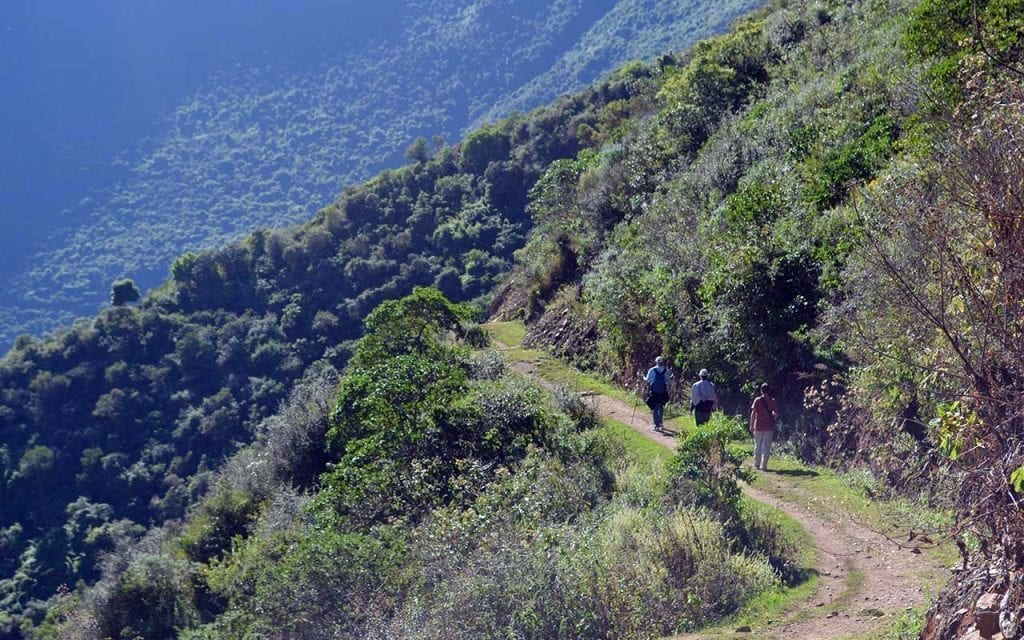
Treks to Choquequirao start from the village of Cachora, which is a 4-5 hour drive west of Cusco city. You can take a bus towards Abancay from the Central Terminal, after the short ride you can descend to Cachora.
The route usually goes from Cachora through the Apuramic Valley to Chiquisca where most trekkers stay overnight. From Chiquisca, the trail continues along the Apurimac River before ascending to Santa Rosa and then onto Marampata. Choquequirao is a little way on from Marampata.
When is The Best Time to Take The Choquequirao Trek?

Summer Months: December to March – tends to have the most rain, a bit harder of a time hiking in the mountains.
On the plus side, there are fewer tourists throughout most of the year as it forms part of the low season.
The Sacred Valley and Cusco are located high in the mountains, as a result temperatures have little seasonal difference with nights being a little warmer.
Winter Months: June to August – very little rain, and nights are a bit colder, with days still being fairly warm.
It also has more tourists due to the northern hemisphere holidays and being part of the dry season. The sights tend to be much more crowded, and it gets more difficult to reserve hotel accommodations.
Traveler’s Tip: We advise going during the months of April, May, September, or October as the number of tourists is not as high as in other dry season months, there is less rain, and nights are a bit warmer.
Now, this trail is among the most difficult so it is highly advised that you join organized tours that include a guide, camping equipment, mules to carry gear, a cook to prepare food as well as anything else you may need on the trek.
Believe me, you’re going to be happy you don’t have to worry about any extras. Once you reach Choquequirao, you can actually continue hiking to Machu Picchu, but most trek itineraries differ so it’s really up to you.
Most treks range from 7-day to 11-day hikes, and involve going over the Yanama Pass, which at 4,668m is the highest point on the trek. You will need to be well acclimatized for this trek to avoid altitude sickness.
Even though this trek is fairly long, over 6,000 people trek de Choquequirao every year.
What Should You Be Aware of Before Taking the Choquequirao Trek?
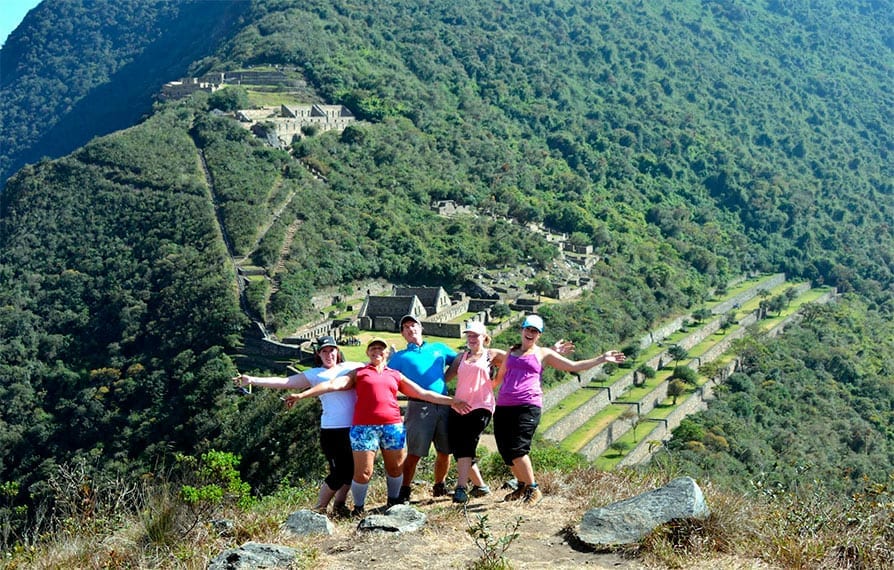
As it is one of the most difficult treks to Machu Picchu, various risks are involved. This includes injuries due to the long stretches of the trek, losing or breaking gear, and unpredictable weather conditions, among others.
Your trek will go through remote and difficult to access areas, with some only being accessible on foot or on a horse/donkey, the Peruvian Andes has a huge variety of terrain.
During the Choquequirao Trek, Do You Carry Your Own Backpack or Take a Horse?
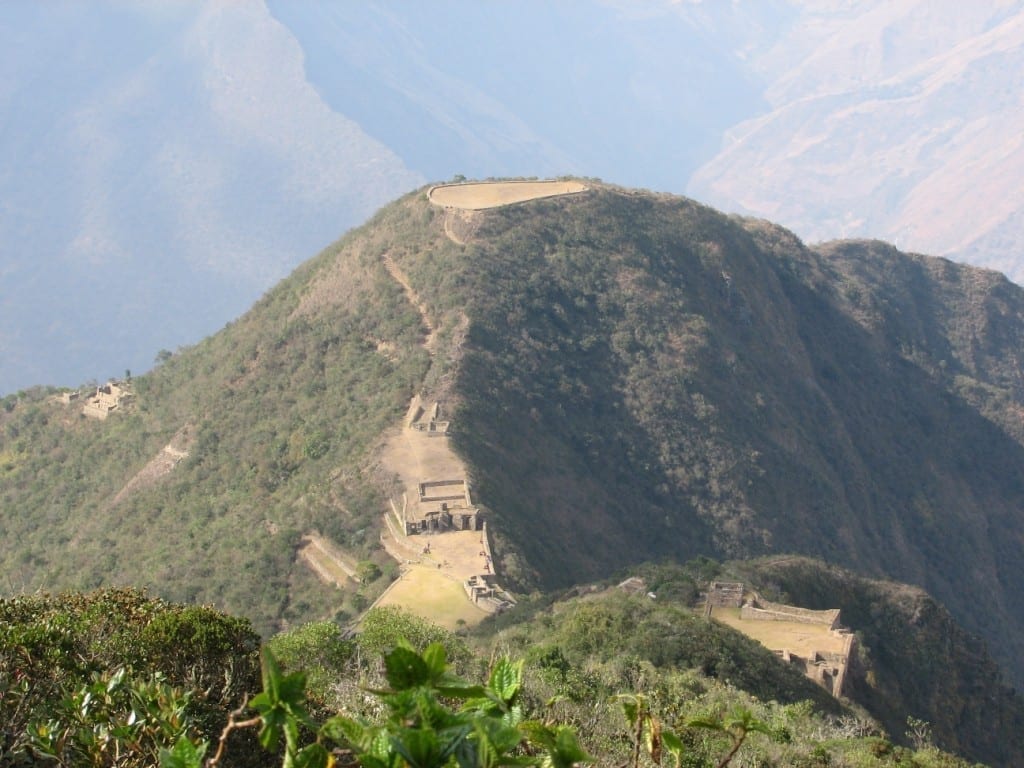
As mentioned before, its difficulty mainly lies in its length, so this point is completely up to you. If you are taking a backpack, make sure that it is not too heavy, this will make your trek much more accessible.
However, hiring a horse will take care of that; you would only have to worry about taking the trek. It really comes down to your experience as a hiker.
Choquequirao Trek Packing List
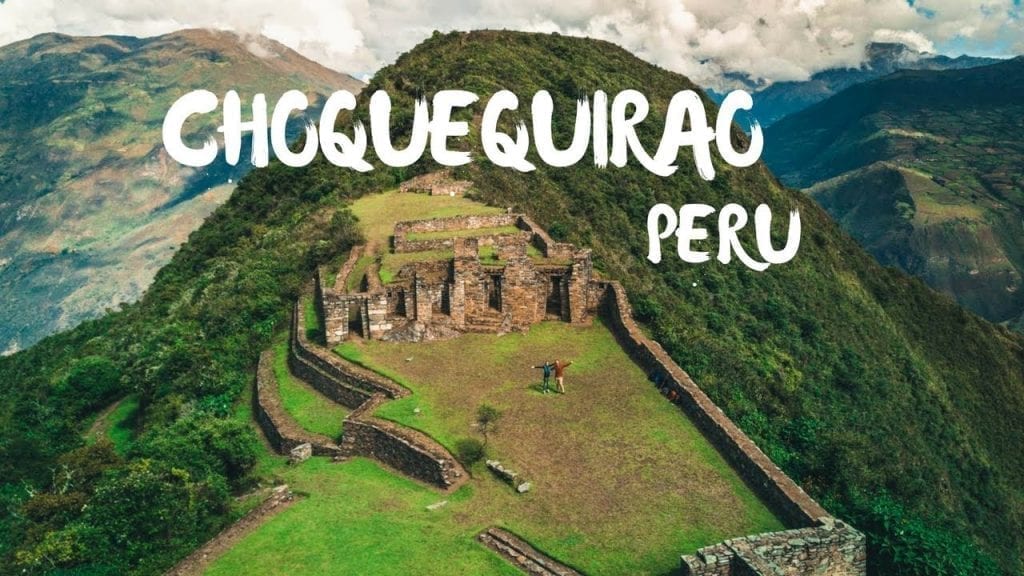
Here are some of the items we include in the packing list when travelers book one of our Peru tour packages.
1. Your Passport: You’ll of course need your passport to get into Peru, but you’ll also need your passport when you start on the trek.
2. Proper Hiking Attire: You will want an ample supply of underwear and socks and hiking/athletic pants that can zip off into shorts if necessary. You should bring short and long-sleeved shirts and a light jacket.
You should also have some cold weather gear for the nights, including hats, gloves, and scarves – especially if you’re designing your packing list for the colder parts of the year.
3. Proper Footwear: Whether you choose to bring hiking boots or a hiking shoe/boot hybrid, absolutely make sure they’re waterproof! Make sure whatever you’re wearing fits well and is somewhat worn in, as blisters on a four-day trek are no fun at all.
4. Other Waterproof Goods: Once again, even if you’re trekking during the dry season, don’t forget the rain gear! A poncho or rain jacket as well as some plastic bags to separate your wet clothes from your dry ones are absolute musts for your packing list.
5. Sleeping Bag: Considering that this will be the source of your rest and relaxation every night of your trek, you shouldn’t neglect to choose an appropriate sleeping bag for your journey.
We recommend a four-season bag regardless of what time of year you’ll be visiting Peru.
6. Toiletries: These include toilet paper, moist wipes, deodorant, soap, toothbrush/toothpaste, sunblock, chap-stick
7. Flip-flops (thongs/sandals): They can be useful for relaxing and allowing your feet to breathe for a bit in the evenings.
8. Water Bottles/Snacks: Though food and water will be supplied, you’re more than likely to find yourself thirsty or with some hunger pangs as you trek throughout the day.
9. First-Aid Kit/Personal Medications: These are provided but it can’t hurt to carry a basic first-aid kit on your person during your trek.
10. Flashlight (torch): This item is easy to forget but is a necessity for navigating around your campsite after dark.
11. Electronic Goods: cameras, batteries, etc.
12. Cash: for any extras such as extra snacks, water, etc.
As with any Journey Machu Picchu trek, all Machu Picchu reservations are already provided so you won’t need to worry about getting tickets to Machu Picchu.
Peru is definitely full of exciting treks and trails, ready for any adventurer.
Don’t forget to check the treks and trails section on the website where you can find the best deals on the greatest treks such as the Inca Trail or the Salkantay Trek.
Frequently Asked Questions About Choquequirao Trek
What is Choqueqirao?
Choquequirao is considered to be the sister location of the world renowned Machu Picchu.
Where is Choquequirao?
Choquequirao is a little way on from Marampata.
How do you get to Choquequirao?
You can go on your own or you can reach it as part of a package. We provide a full package that includes everything you need while on your trek.
When is the best time to go?
The best time to go is during the months of April, May September or October as the number of tourists is a bit lower.
Can you go to Machu Picchu after the trek?
Your entrance to Machu Picchu is included as part of the trek as well as a 2 hour guided tour.
How many people are on the trek with you?
Depending on which version of the trek you get, your group can have anywhere from 10 people to almost 30 people.
What kind of accommodations are provided?
You will be camping throughout the trek, we included deluxe 4 season tents.


